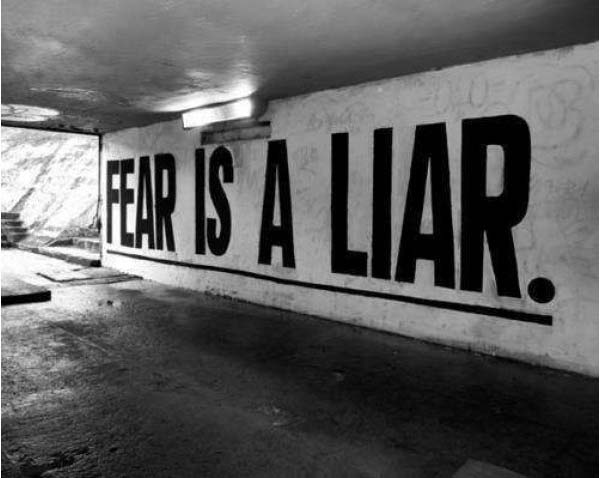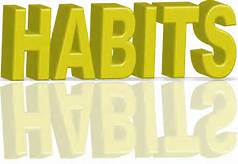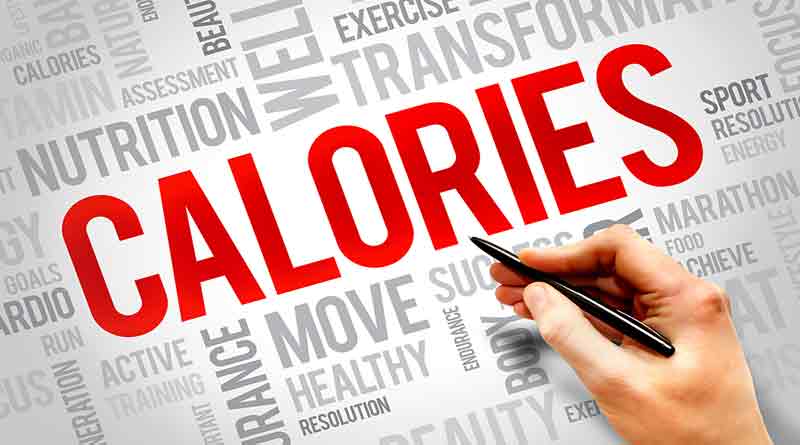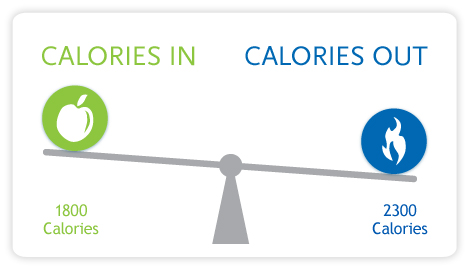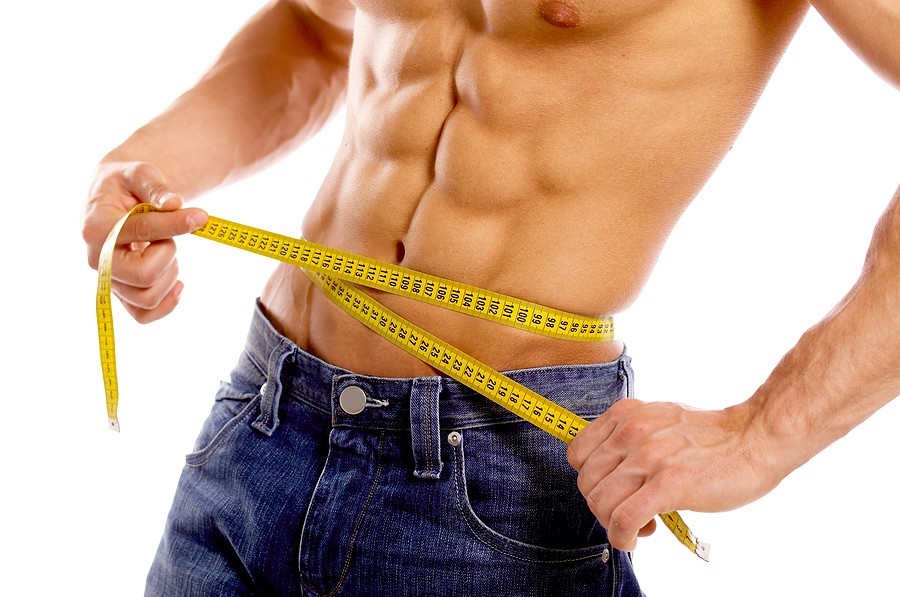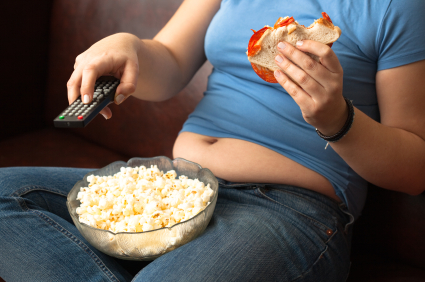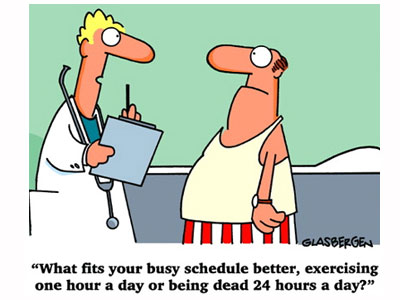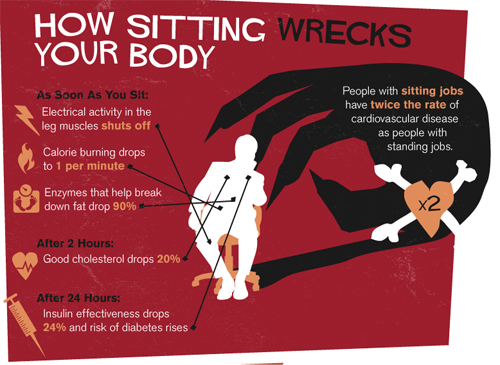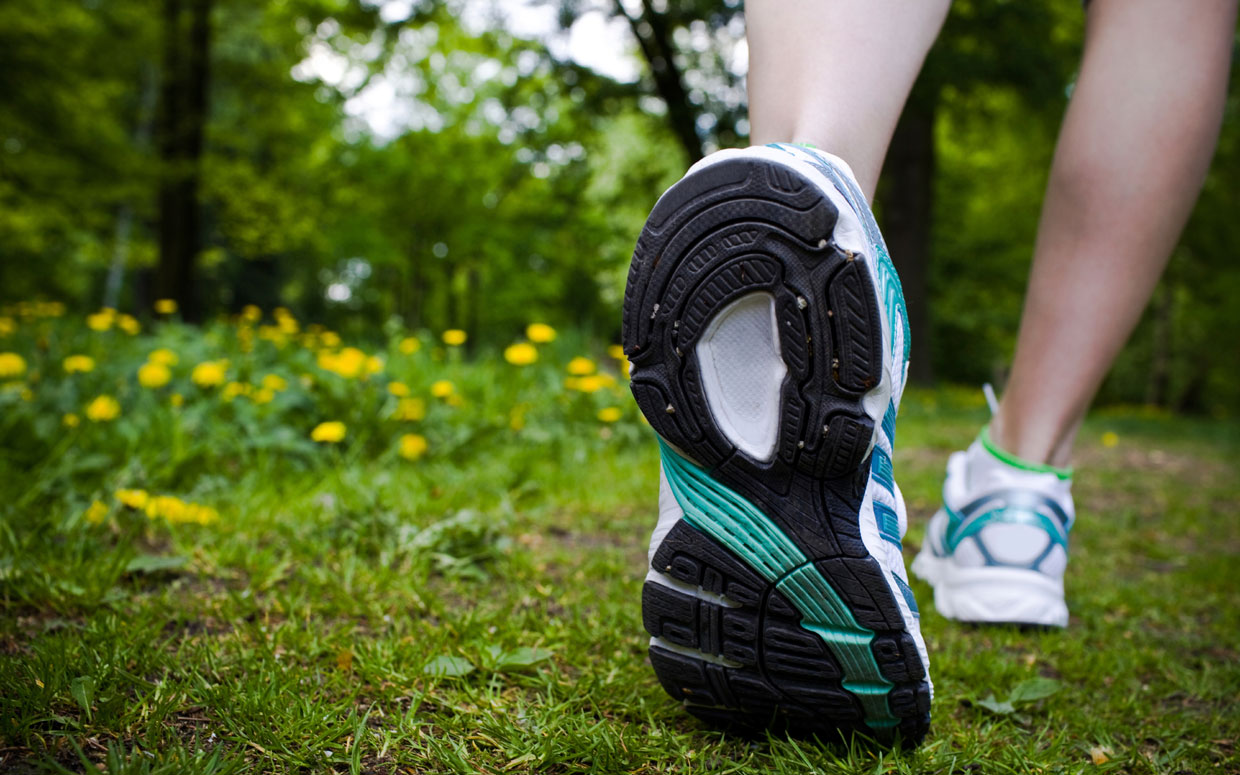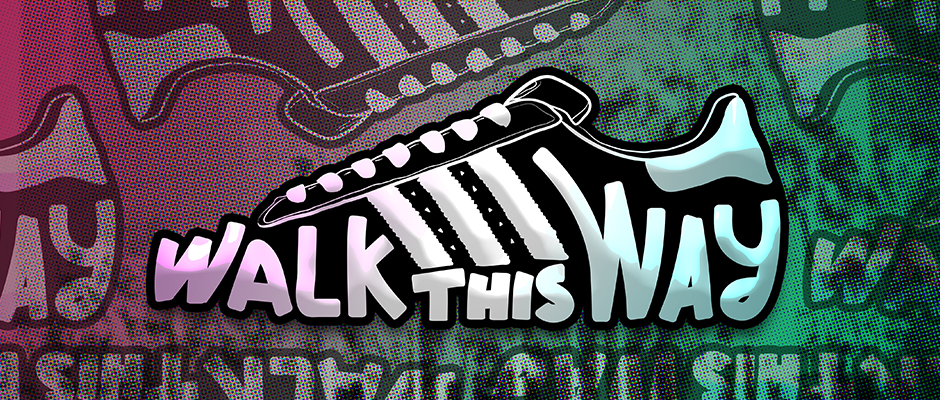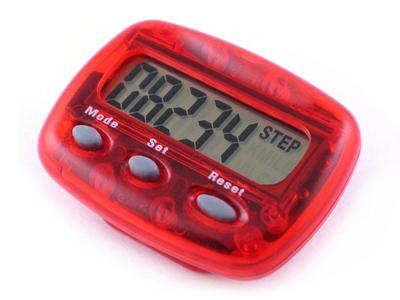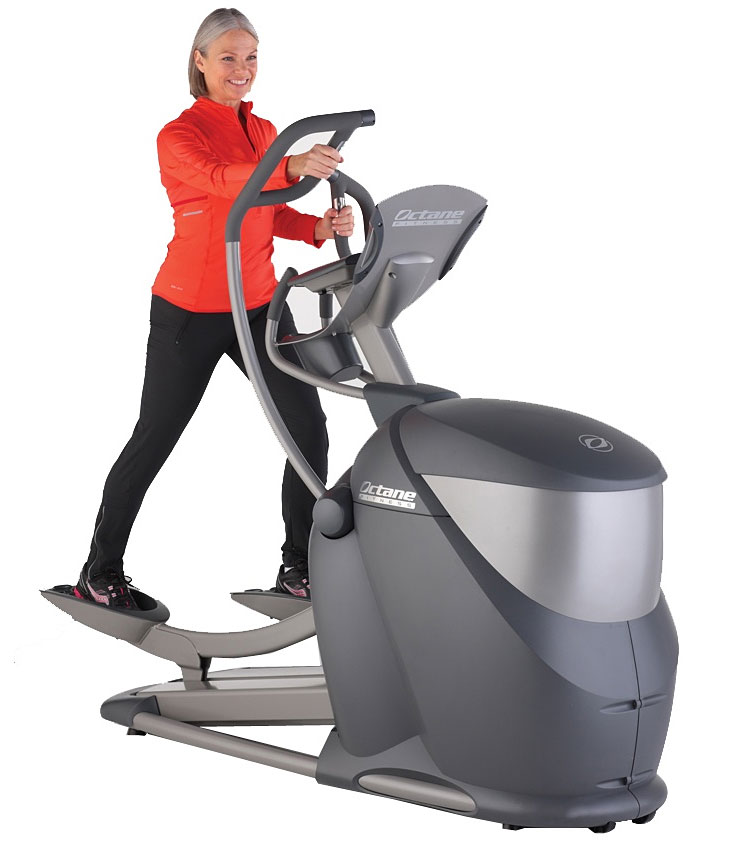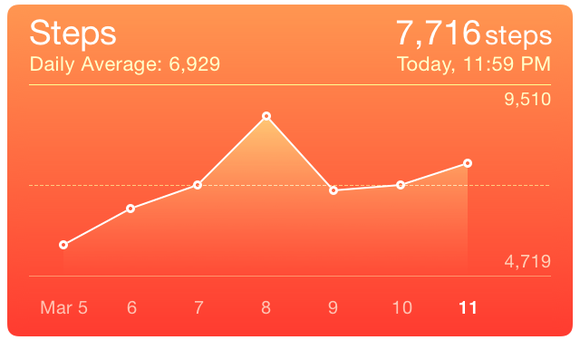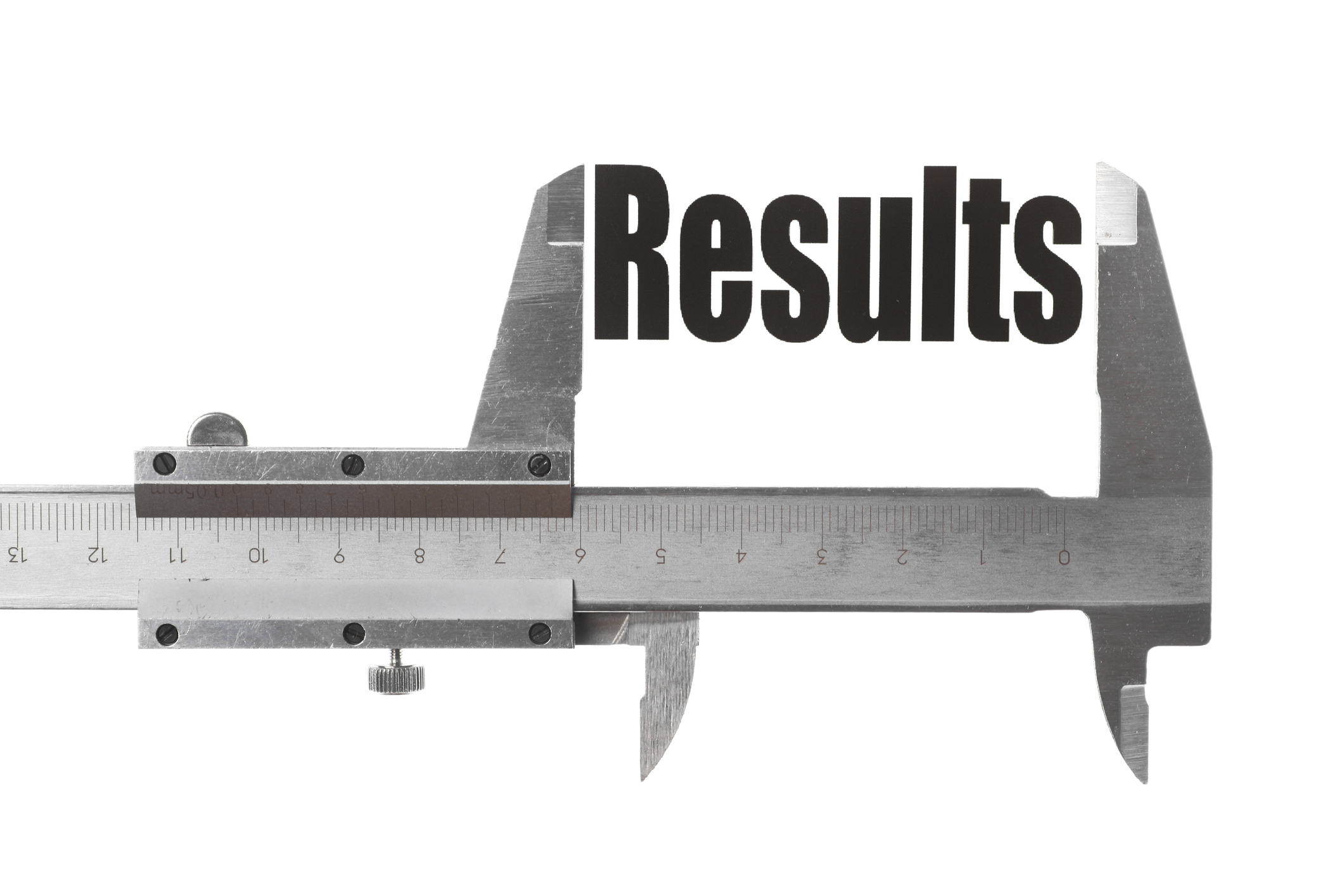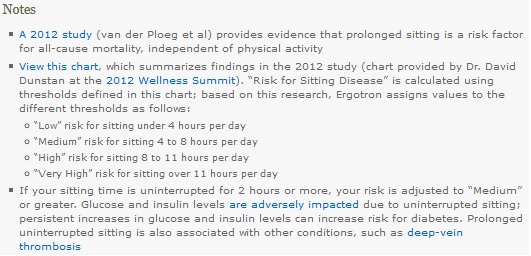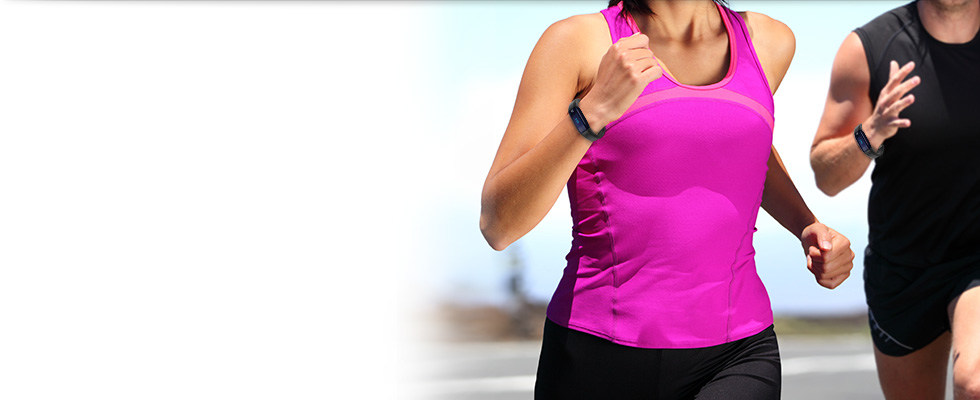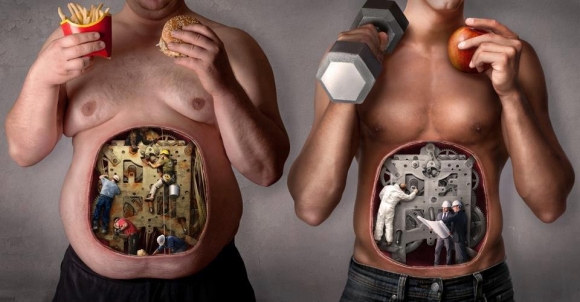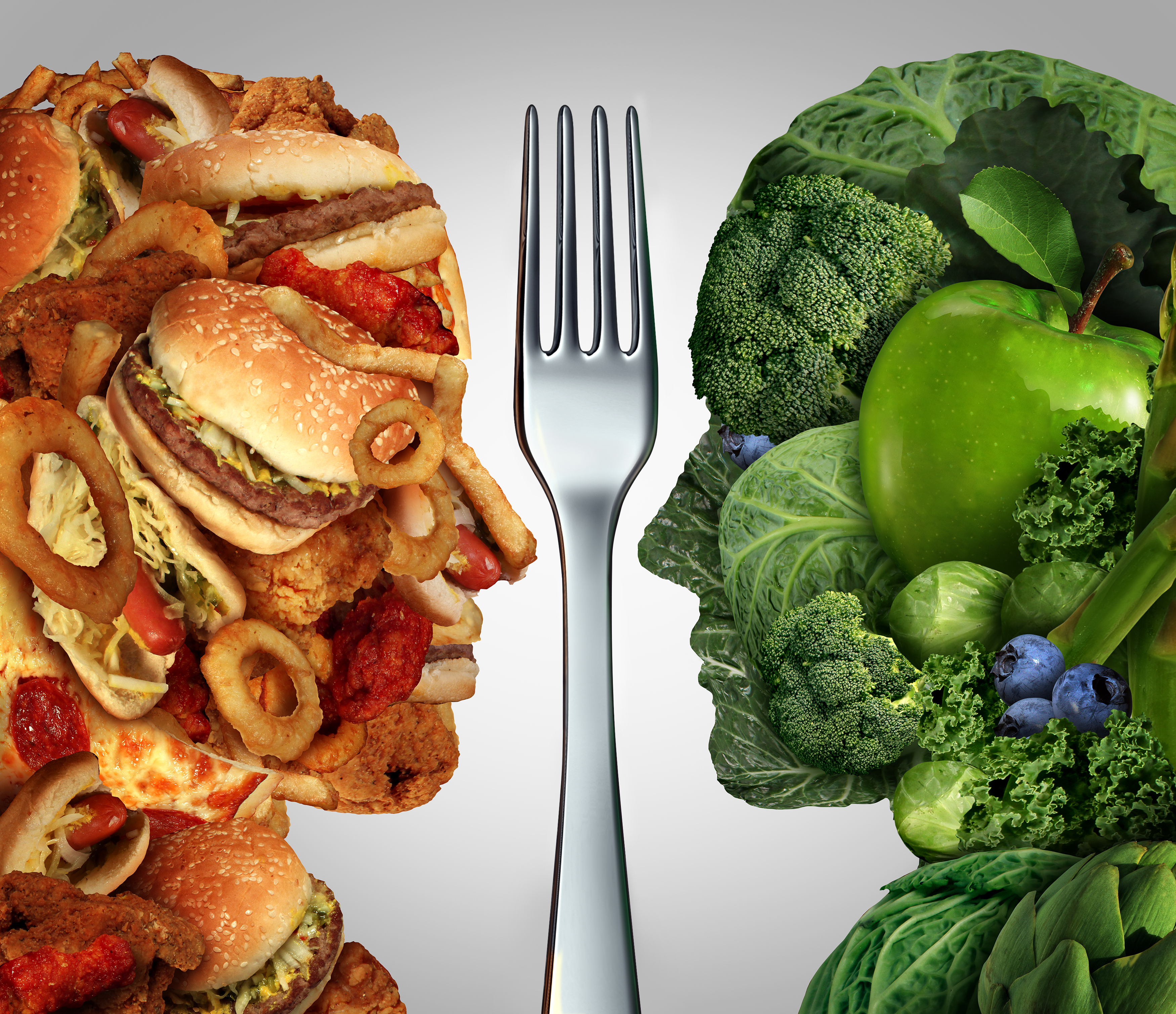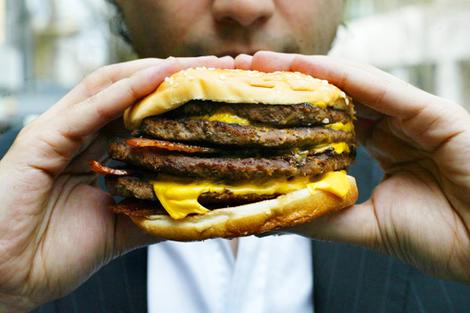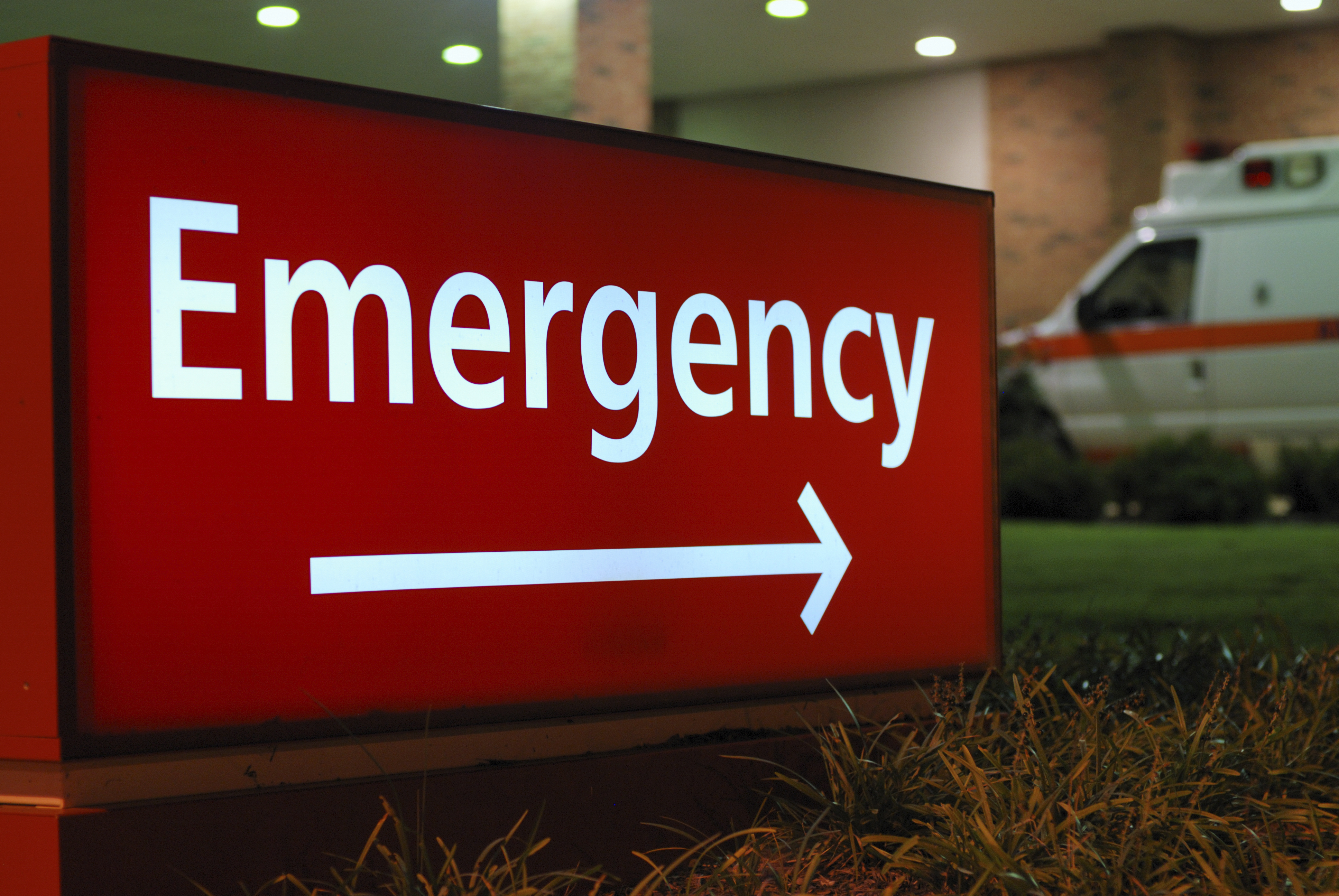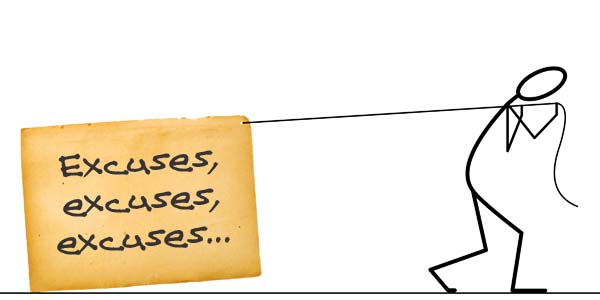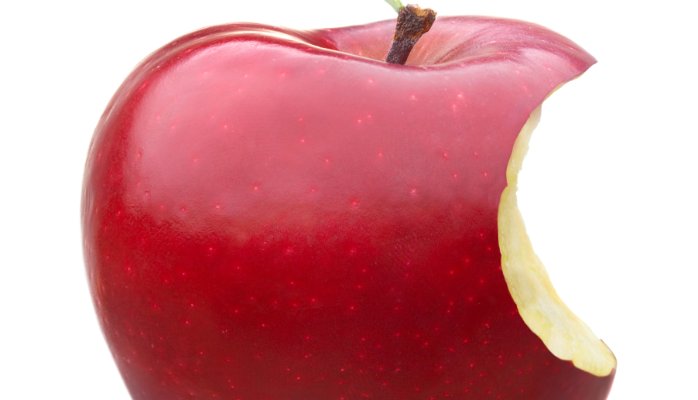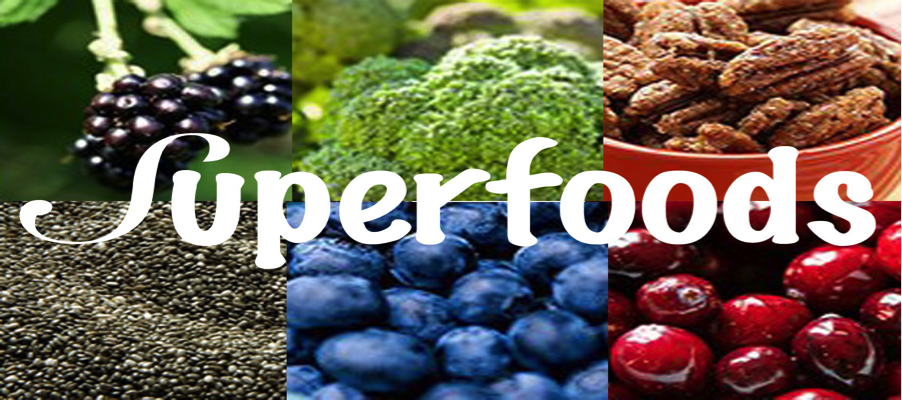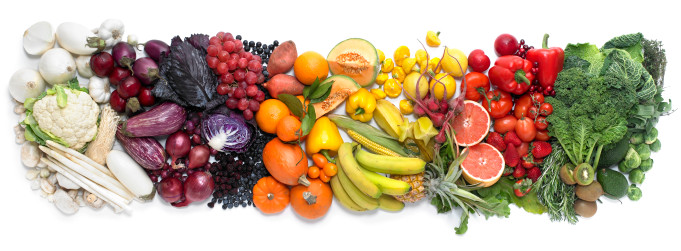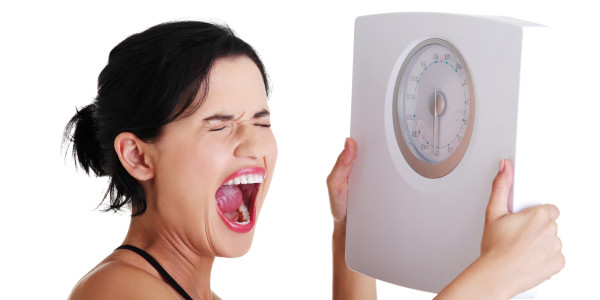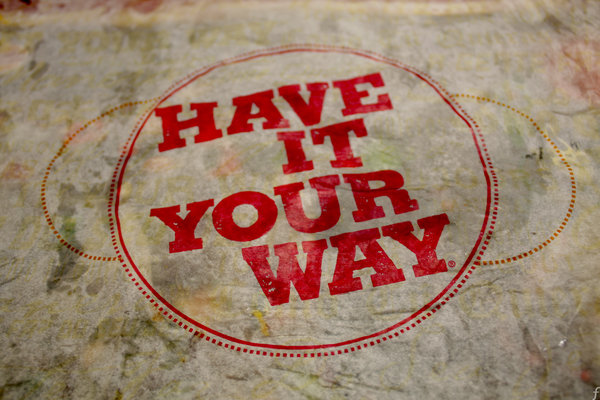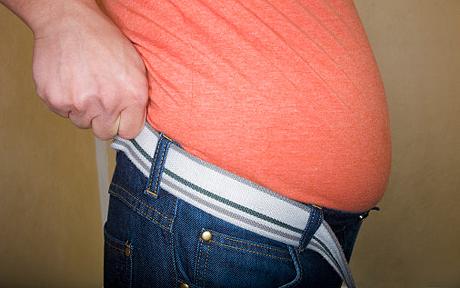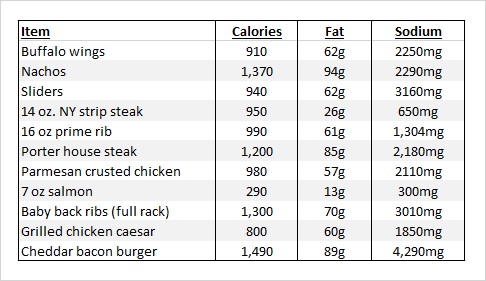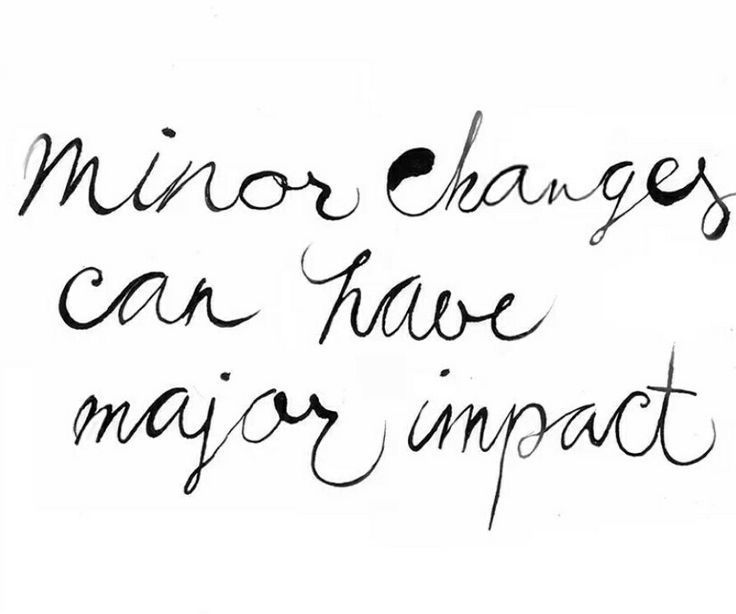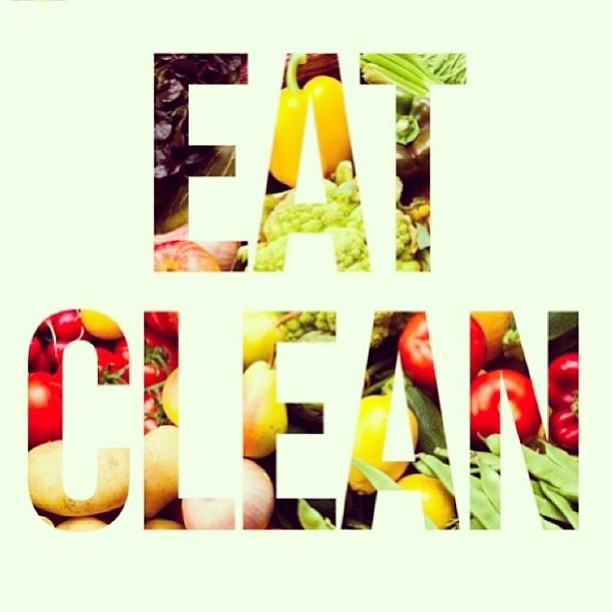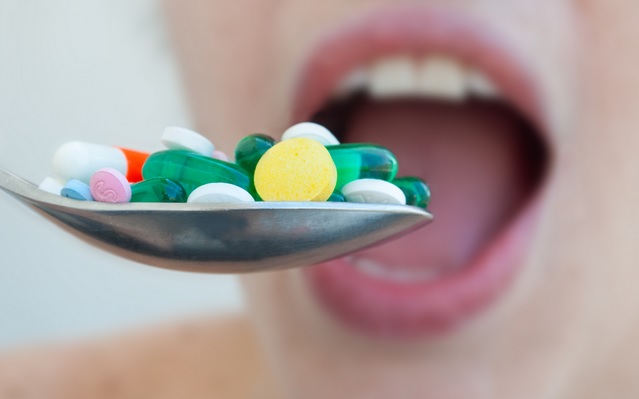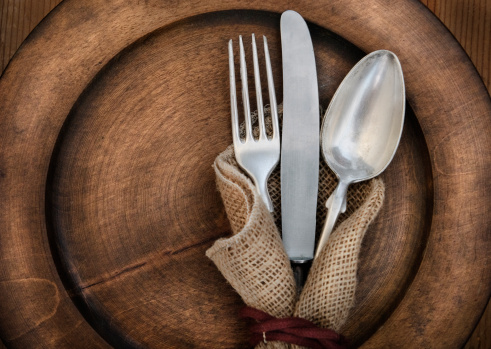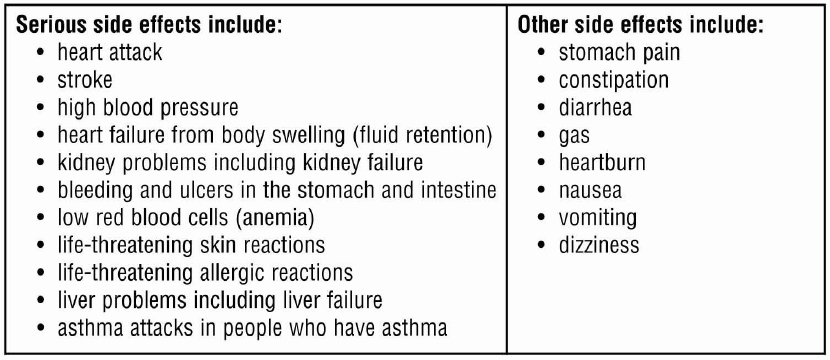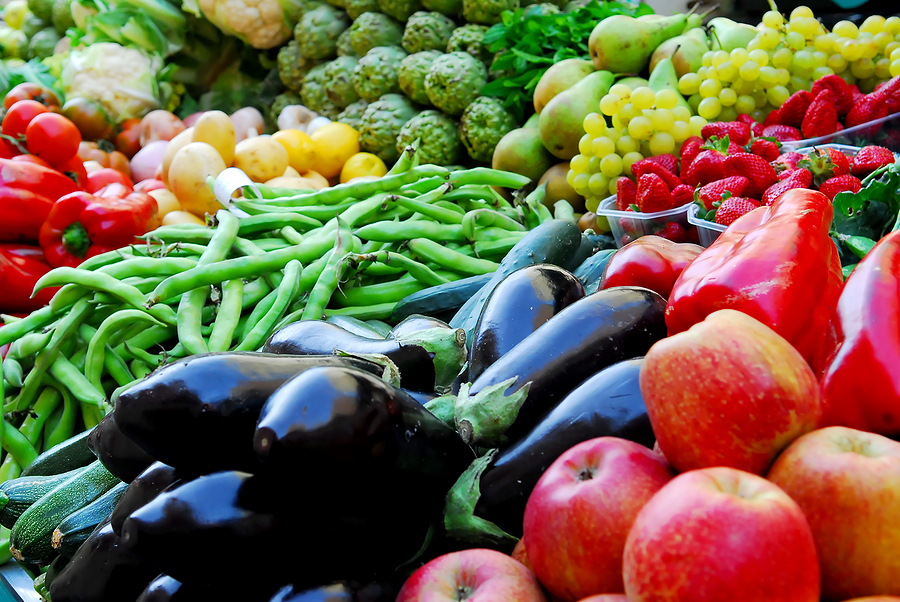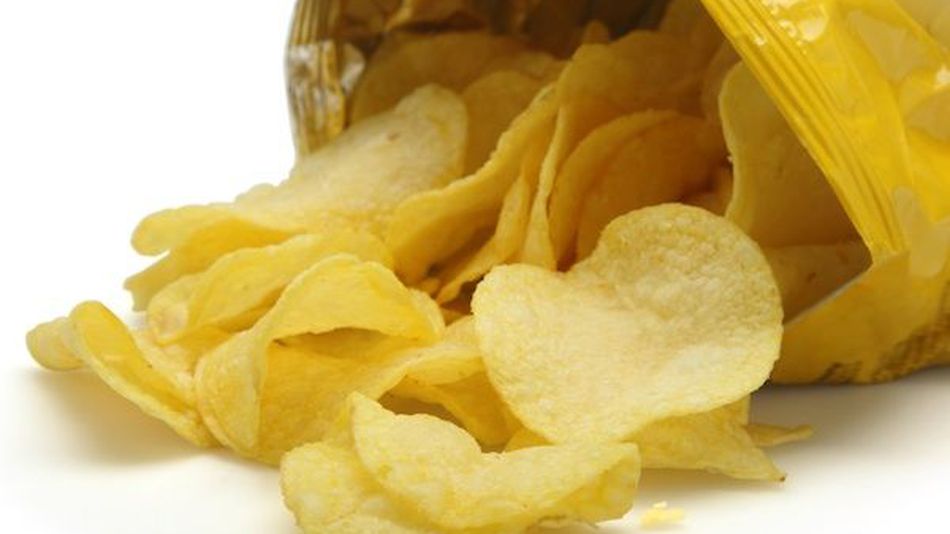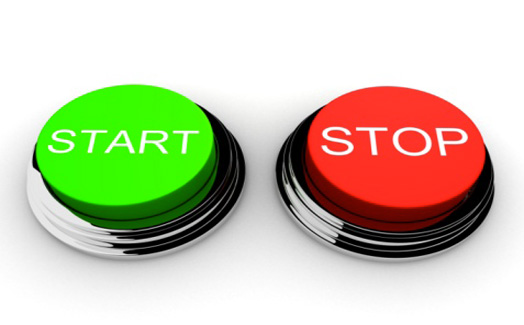The “unknown” can be fearful. But thanks to technology, we all have access to a wealth of information at our fingertips. Yet some unscrupulous companies still market by fear. I am here to tell you that fear is a liar!
Don’t buy into it or fall for it.
Remember the classic Blue Oyster Cult song Don’t Fear The Reaper? It was based on the inevitability of death, and the belief that we shouldn’t fear it.
And I agree, we shouldn’t fear death. But we should make better choices… now. And do whatever we can to live a long, healthy, happy, prosperous, and active life.
Let me ask, do you know anyone who is afraid of things?
Like heights, flying, speaking in public? Or perhaps, failure…?
How about when it comes to food?
No, not broccoli or Brussel sprouts. I’m referring to anyone that fears carbohydrates. Or fat. And then avoids them because they believe (carbs or fat) is what’s causing them to be overweight.
I hope you’re not one of them!
I’m not either, but it pisses me off to hear someone say it! Mainly because it’s so wrong, and they’re so uninformed.
But “supposed” authorities will lead you to believe this untruth to promote their agenda, book, supplements, or new “magic” claim.
Your body CANNOT survive without ALL 3 macronutrients – protein, carbohydrates and fat. So don’t believe it when you’re told that you should eliminate any of them.
Here’s my take. It’s all about how you look at it. Carbs are not bad. But some are better for you than others. And there are some you should consider avoiding altogether. Especially if you need to lose weight and get in shape.
Why?
They’re just not going to help you achieve your goal.
So go for the healthier, more nutrient-dense carbs. Like raw or steamed veggies, fresh fruits, and whole instead of refined grains. And avoid the less healthy, highly processed options. Like food that comes in a box. Or pizza, pasta, and chips or other junk snacks.
The same can is true for fat and protein as well. Focus on the healthiest and highest quality choices.
Last week I made a comment about how the quality of your calories matters. For example, bagels and broccoli are both carbs. But one is clearly better than the other. So the takeaway is to eat more “broccoli-type” fibrous carbs, and ease up on the bagels.
So, if you were planning to have a mid-afternoon snack, you could:
- Eat an apple with a scoop of peanut butter and a bottle of water.
- Have a bag of chips with onion dip and a can of diet soda.
- Grab a Snickers and a Snapple out of the vending machine.
- Stop by McDonalds for a cheeseburger, fries, and a small soda.
- Have a cup of coffee and a cigarette.
- Skip the snack, become ravenous, stop by happy hour for a beer, catch a buzz, then overeat at dinner.
Are these recommendations? Except for the first one, NO!
The point being, you can approach your nutrition in many ways. And the quality of the contents that you’re “fueling” your body with will have an impact in the short and long term.
Like your energy level and productivity in the next few hours. And down the road with your waistline, heart health, and longevity.
Hey, it’s the Compound Effect in its simplest form. And it’s always at work, either for or against us. Based on what we do or don’t do. So doesn’t it make more sense to delay gratification and begin to make better choices that will produce significant results in the future?
And I can’t help but make another blatantly obvious point. Since the quality of our calories matters, it’s essential to fuel our body with the highest quality “macros” to ensure the compound effect is working in our favor.
For example, good quality fibrous and starchy carbs should typically make up 50% of our daily calories.
It’s obvious that you’ll benefit way more from snacking on a plate of raw veggies with hummus instead a bagel with cream cheese. Or yogurt with fresh fruit instead of a slice of pie. How about a handful of nuts instead of a candy bar? Even if the candy has nuts in it…
And we need to let healthy fat make up at least 20% of our daily calories.
Yes, even if you’re overweight and trying to slim down. Healthy fat and Omega 3 fatty acids (mostly found in certain cold water fish) are your friend, and not to be avoided.
So consider snacking on a small cup of olives instead of chips and salsa. Or a handful of nuts or seeds instead of a few cookies. How about some olive oil with fresh lemon juice as a salad dressing instead of the creamy ‘whatever’ option?
The devil is in the details… And your choices matter! For you, and for those around you.
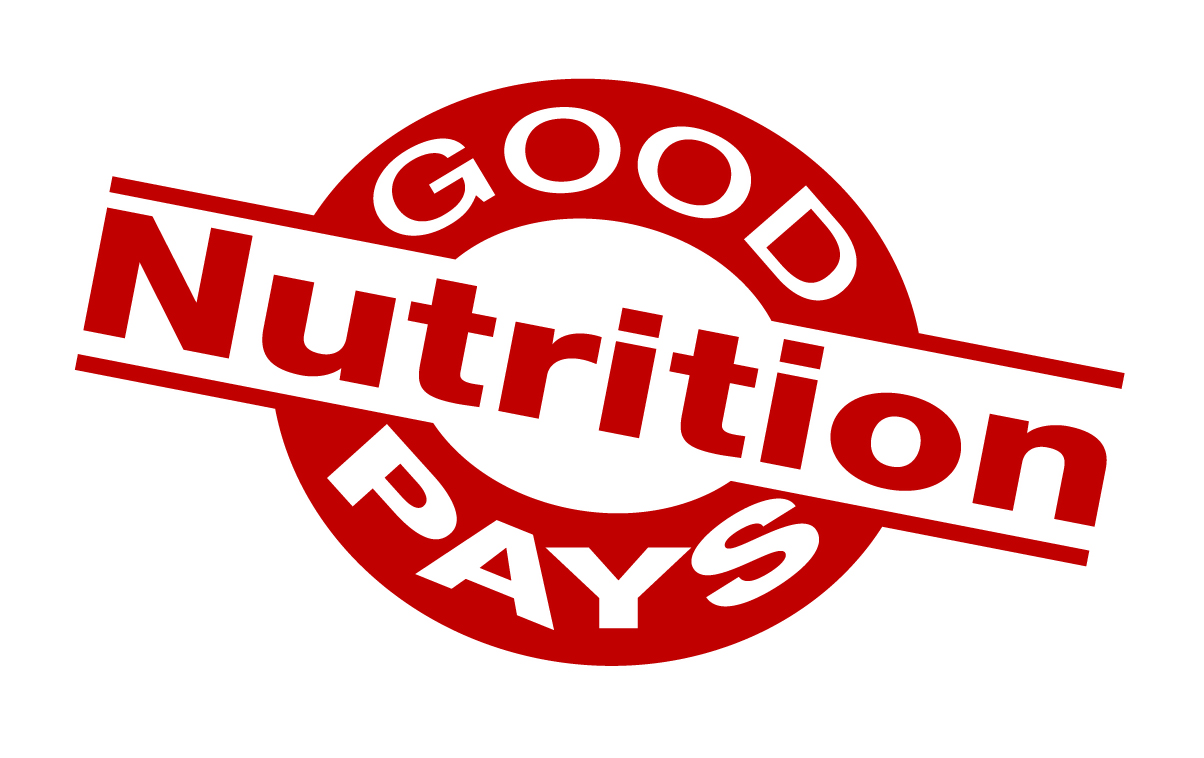 If you’re thinking, “C’mon John!, pick up the pace and tell us something we don’t already know”. Then I have to ask, “If this is so basic, then…”
If you’re thinking, “C’mon John!, pick up the pace and tell us something we don’t already know”. Then I have to ask, “If this is so basic, then…”
- Why are vending machines still around?
- Why are there SO MANY fast food joints?
- Why are supermarkets so stocked with junk food?
- Why are two-thirds of us over-weight?
- Why are healthy lunch choices so difficult to find, unless you bring your own?
Obviously, it’s because too many people are still buying this crap! And it needs to STOP!
It blows my mind that people can be so lazy, unaware, and neglectful about their health & wellness?
This is the ONE and ONLY body we get to drive.
Each of us are unique and amazing miracles! We have ONE lifetime to work it out. And that one lifetime affords us so many chances and opportunities to get it right.
But the clock is ticking…
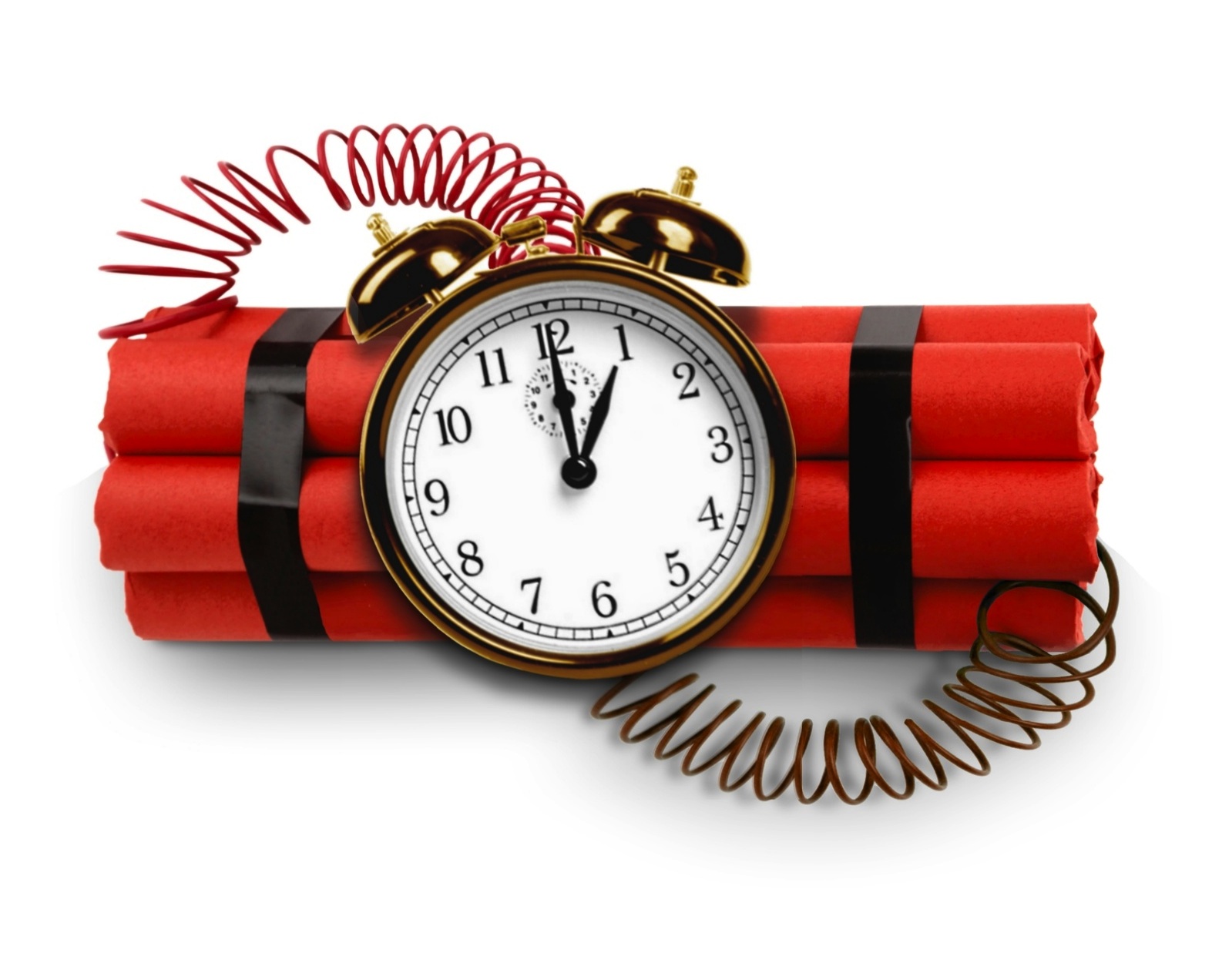 So WTF are you waiting for???
So WTF are you waiting for???
Getting back to my initial comments about fearing things. Like carbs and fats. Here’s what I think more people should be afraid of:
- Sugar.
- Fast food.
- Processed food.
- Type 2 diabetes.
- Being over-weight.
- A sedentary lifestyle.
- Heart disease, including a heart attack.
- Stroke.
- Cancer.
- Cigarettes.
- Having to rely on prescription drugs.
- Dying too young because you didn’t take better care of yourself.
Most or all of this could be prevented with better nutrition and exercise. And it all starts with the choices we make, which influence the habits we build, and impacts the disciplines we develop. You have more control over your future than you possibly realize.
So it may be that the enemy within is your choices. And the result of your ignorance (or laziness) about nutrition and exercise.
Or your preference to “coast” down the comfortable and easy road instead of the one less traveled. BTW, there’s only one way to coast – just sayin’…
Know that YOU can change your direction. The ball is in your court.
And please, please, please…
Don’t buy into extreme or highly restrictive diets. Stay away from quick fix claims. Like lose 30 pounds in 30 days. These DIETS are not sustainable. And the odds are stacked against you.
Unfortunately, you’ll eventually end up gaining it all back. And then some, which is even worse.
And finally, stay away from gimmicks, like what I am about to show you below. You’ve gotta check this out. It’s freakin’ unbelievable!!!
Whatever you do, DON’T buy this crap!
Thank you for sharing your time with me. I hope you found value.
Now it’s time for YOU to take action…
What’s your Win to be Thin? Leave a comment below.
Click here to subscribe. You’ll receive an email with a link to each new post. And if you know someone that can benefit from this content, please share it with them.

